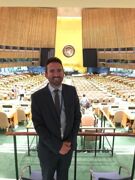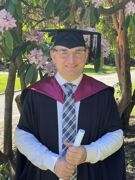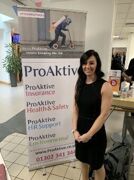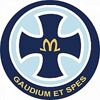We can proudly share the news that St. Mary's has been named as the Comprehensive School of the Year for the East Midlands 2026 by The Sunday Times. This is an extraordinary achievement for our school, and acknowledges the culture of inclusivity that is at the heart of our school, enabling young people to flourish within our Catholic ethos. The school will feature in the printed copy of The Sunday Times this weekend, and the following link gives further information about the award: School league tables 2026: the best UK secondary schools revealed.
https://www.thetimes.com/best-schools-league-table/secondary/article/secondary-schools-revealed-2026-g9w9n8rqw
A letter from Mrs Dengate has been sent to all our parents and carers this morning.
https://stmarysschool.s3.amazonaws.com/uploads/lettershome/Award-Letter-5-December-2025.pdf?t=1764927909
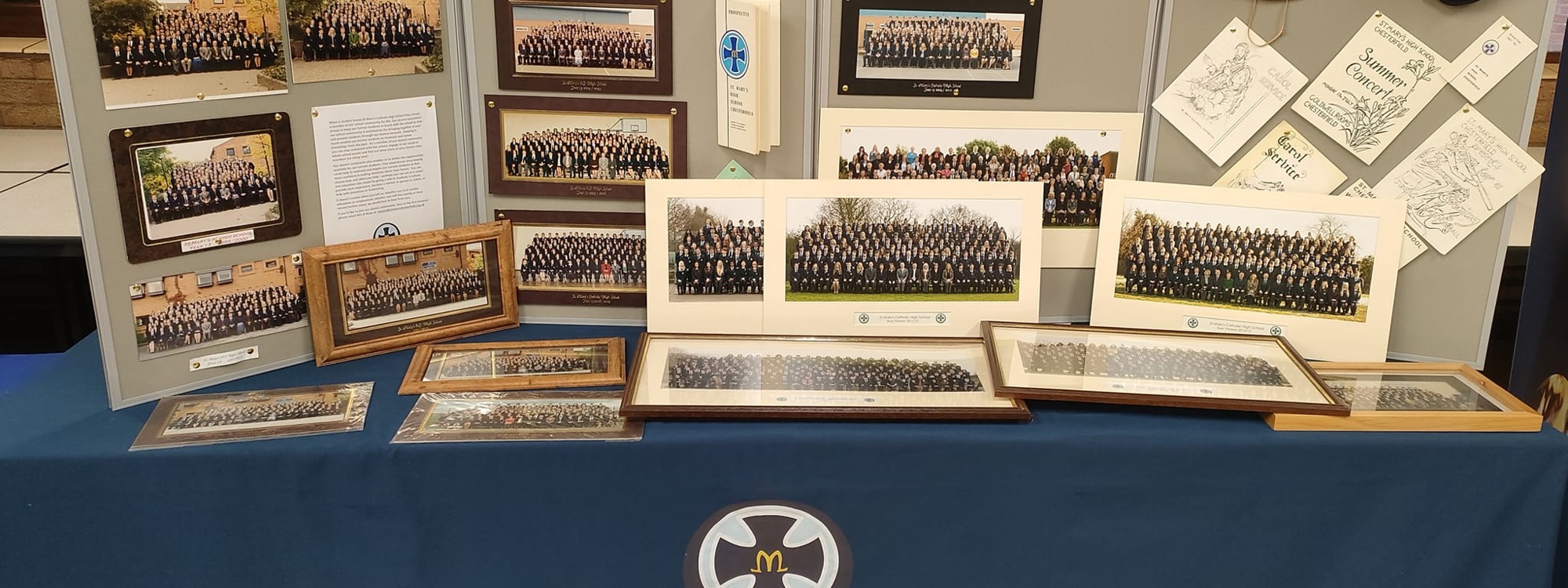
- Home
- Old Marians
- Profiles of Old Marians
Profiles of Old Marians
Rob BoardmanForeign Office
| Patrick GannonUK Army & New Zealand Defence Force
| Claire ThompsonFinancial Services
|
Gemma WillisYouth & Community Publishing
| John MedvenicsCyber Security
| Isabelle RodgersDigital Design
|
Zoey SpendloveMidwife
| Faye ThorleyArea Manager for Apple
|
